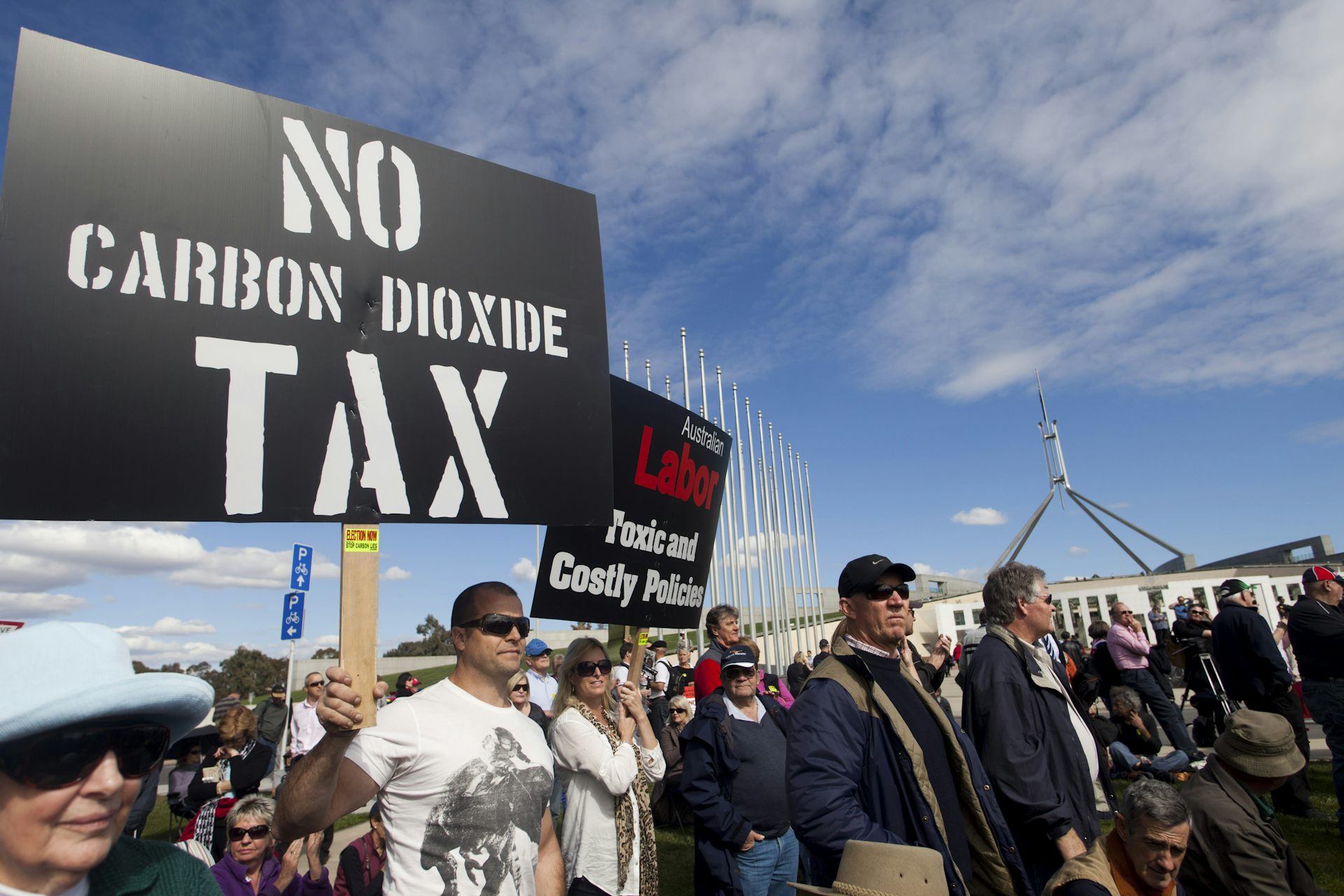
There is no clear record or accounting of how the revenue is used by the government.Īnother reason often used to oppose carbon pricing is that it will lead to an increase in production/manufacturing costs for local industries which will be reflected in the price of the final products. Most of it remains unused or used for other purposes by the government. Because, most of the time, there has been poor use and implementation of the revenue generated through such a scheme. In addition to this, the common argument that the revenue generated through carbon tax could be used in distributive and welfare schemes is also flawed. The policy of carbon taxation is considered to be regressive in nature as it mainly impacts the lower-income groups as compared to middle or higher-income households since they are able to afford energy-incentive goods because of their higher income. Carbon-intensive companies are more likely to oppose carbon prices. Carbon pricing will change the existing status quo on low emission of carbon and will create a divide between those who benefit from such a scheme and those who suffer economic loss. The beneficiaries of carbon pricing are scattered and less likely to support the scheme. In India there is no explicit carbon tax, the main challenge with carbon pricing is that the benefits of such a scheme are diffused, and there exist concentrated costs. Thus, by internalising the externalities that are associated with GHG emissions, carbon pricing allows for a cost-effective and innovative incentive solution to address the issue of climate change.
/cdn.vox-cdn.com/uploads/chorus_asset/file/11712837/rhg_carbon_tax_2018_electric.png)
This raises the issue of carbon pricing wherein the price imposed on such goods must reflect the true cost of the carbon emissions. In the context of the market, these emissions impose negative externalities for the economy and the environment as the social cost of carbon-intensive goods is not reflected in their market.

#Carbon tax driver
The core of the climate change problem is considered as one of market failure as the emissions from industries are the primary driver of uncontrolled carbon emissions.
#Carbon tax how to
While various initiatives have been taken by the government to curb carbon emission, a carbon tax is a policy on which India's stand is mainly negative.Ĭarbon tax is the need of the hour in India, but not for the purposes of revenue but to curb greenhouse gases (GHG). Before introducing a carbon tax, India needs to have a clear policy framework on how to make effective use of such tax collected. Carbon dioxide is the primary contributor to climate change and most of the GHG emissions take place through the burning of fossil fuels such as coal. The Paris Agreement which seeks to achieve carbon neutrality by the end of 2050 has been ratified by the Indian government.Īccordingly, the focus of the government should be to ensure that effective measures are taken to reduce carbon emissions and switch to a more effective alternative source of energy. Reduction of carbon emission is supposedly one of the primary goals of most of the countries in the ongoing debate on climate change and its expected impact on the environment and development.


 0 kommentar(er)
0 kommentar(er)
